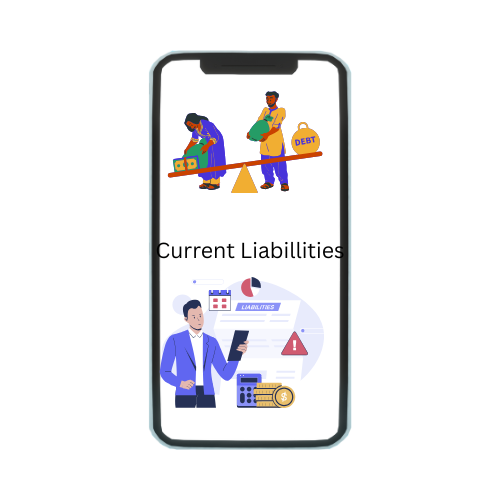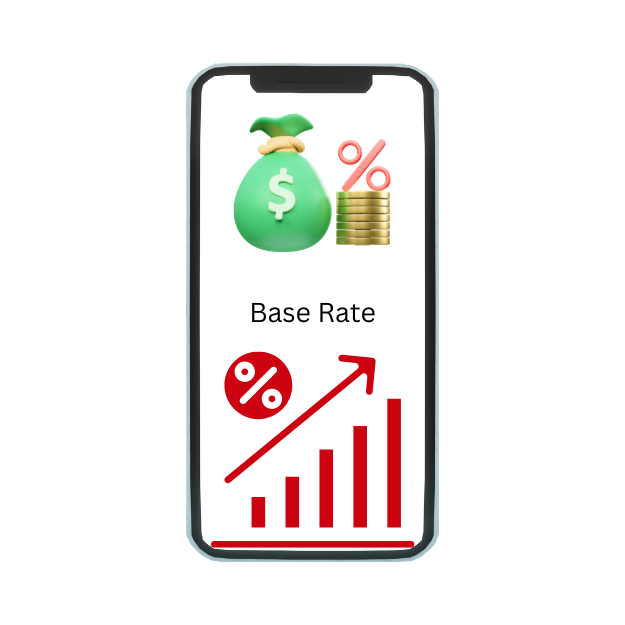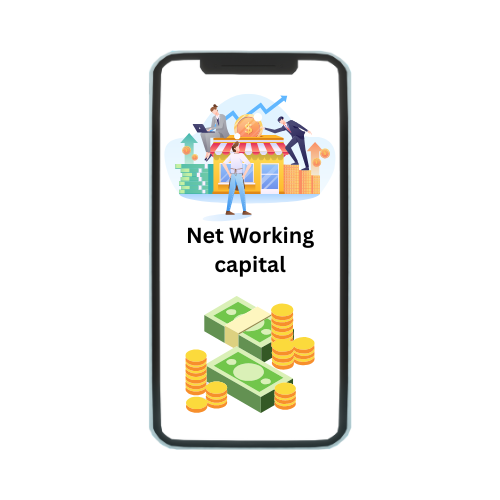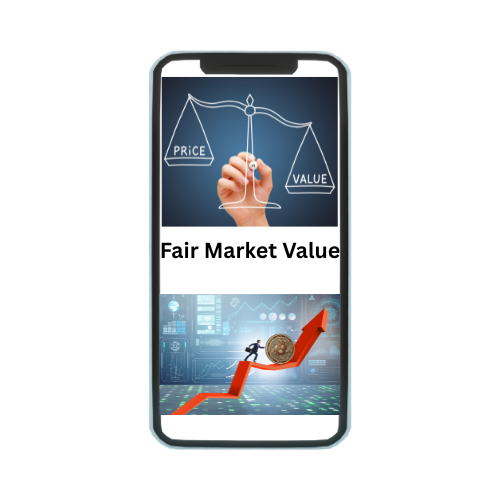Sachin Bansal –The founder of “Flipkart” and “Navi Group” is a true entrepreneur who has a vision to find solutions to problems and also he has set an example that if one is determined to do something big nothing can stop them. But to do so he himself faced lot of problems and difficulties. As said Success may not be as excited as you thought. It is a package not just only shinning part. So is the story of Mr. Sanjay Bansal. Let us have a look at his Success Story in detail
Who is Mr. Sachin Bansal??
Sachin Bansal is an Indian Entrepreneur known as Flipkart Founder. He and his co-founder Binny Bansal started an online book store in the year 2007 named Flipkart with an initial capital of ₹4,00,000. They started their initial operation in Koramangala Bangalore. Sachin Bansal was born in Chandigarh on 5th August 1981. His father is a businessman and mother is a homemaker.
Early Life and Education of Mr. Sanjay Bansal
- Sachin Bansal had completed his schooling from Saint Anne’s Convent School. He was a scholar and scored well in his exams. He was a propitious student and his family believed in providing good education. He worked very hard for JEE preparation and went on to stand 49 in All India JEE rankings. Later he got into Indian Institute of Technology, Delhi. At one point in time, he wanted to be a professional gamer. Sachin Bansal soon graduated from computer science engineering and became a software engineer.
Career
- After completing engineering from IIT, Delhi; Sachin started working for Techspan Company. Bansal served there for few months until he got an opportunity to work at Amazon India as a Senior Software Engineer.
- At Amazon, he learnt the dynamics of e-commerce. Later, his friend Binny Bansal also started working in the same team. Within the timespan of around 6 months, both of them decided to quit their job to discover the possibilities of e-commerce in India.
The Flipkart Story
- In 2007, Sachin and Binny first thought of creating a comparison search engine. At that time, they saw a huge gap in the e-commerce sector in India and quit their job at Amazon Web Services to establish their e-commerce site, Flipkart.
- Initially, they set up their venture with an investment of Rs 400,000 and Flipkart started its journey by selling books. Because at that time it was not easy to find vendors of electronics, fashion, or household items in India. Even book vendors could not completely put their trust in an Internet-based service like Flipkart in the beginning.
- At that time Sachin Bansal took charge as the CEO of the company. In 2008, the company started operating with an office in a two-room apartment in Bangalore and gained popularity among book readers.
- Flipkart’s popularity began to catch the eye of investors and in 2009, the company was able to secure a capital of $1 million capital investment from an investment firm, Accel Partners. At that time, the company had a staff of over 150, and a total of three offices across India.
- At the end of that year, they were able to sell books worth a total of Rs 40 million. Although Indian consumers at that time did not feel comfortable shopping online, Flipkart was able to gain the trust of customers by providing 24/7 customer support. In 2010, Tiger Global invested $10 million in Flipkart, and the company acquired the Bangalore-based social book discovery service “WeRead“. After the popularity of book sales picked up, Flipkart started selling mobiles under the electronics category.
- As the company did not achieve the desired success in it, they implemented cash on the delivery system for the first time in India. As a result, the company was able to gain the trust of consumers and Flipkart’s sales growth continued to grow.
- At the beginning of Fiscal Year 2011, their revenue stood at Rs 750 million, and in the same year, they acquired a digital content platform, Mime360. Flipkart, in the same year, officially registered their company since at that time the regulations did not allow 100% Foreign Direct Investment (FDI) to an online retail company providing multi-brand goods and services.
Walmart Enters as the New Owner
- Everything was going well for Flipkart, but in 2016, Sachin Bansal was forced out of the position of CEO by the investors because of some poor decisions made in the past, making Binny Bansal the new CEO. Sachin was not happy about this as he was also forced out of the operations.
- In 2018, Walmart offered Flipkart to buy their majority stake. Sachin felt that this deal would be good for them because it will help them grow Flipkart more.
- Sachin wanted to work in Flipkart, he had bigger plans. He felt he would be able to give an exit to some of his investors and would also be able to buy back some of his stakes in Flipkart so that he can take up the position of CEO again as Binny didn’t want to be the CEO. But the deal backfired.
- Investors were not happy with Sachin’s terms. At one point, Sachin even refused to sign the deal. But the deal happened, and as a part of it, only one co-founder could be working with Flipkart after the Walmart acquisition, so they chose Binny.
- Sachin had to quit Flipkart and sell all his shares to Walmart. Initially, Walmart was only going to acquire 55%, but after this, Walmart bought a 77% stake in Flipkart for $16 billion in 2018.
- Sachin exited Flipkart as a Billionaire but he wasn’t happy as his dream was to grow Flipkart and make it a $100 billion company.
- 6 months later, Binny Bansal also left the company after an allegation of serious personal misconduct was made against him, which he strongly denied.
- Sachin took a break for some time and bounced back in 2019. He founded BACQ acquisitions Pvt. Ltd. with one of his batch mates Ankit Agrawal from IIT Delhi. Ankit had the experience of working in the banking sector. He previously worked at Deutsche Bank and Bank of America. They invested in startups that they believed in through BACQ
- Sachin had big plans. They rebranded BACQ as Navi; the Hindi word for New. They wanted to make Navi a full-fledged fintech company, and instead of focusing on just one thing, they wished to provide a wide range of products and services.
- What was unique about them is that, unlike any other fintech startup, they focused on adding value to their customers through their offerings. They hoped customers would come of their own volition.
What does Navi Technologies Do??
- It offers a comprehensive suite of financial services solutions under the Navi brand including personal loans, home loans, general insurance and mutual funds in a digital-first manner.
- The personal loan business was launched in April 2020 and it extends instant personal loans of up to Rs 20 lakh with tenors of up to 84 months through an entirely digital Navi App-only process.
- Since its launch and up to December 31, 2021, the company disbursed 4.81 lakh personal loans totalling Rs 2,246.31 crore. As of December 31, 2021, its personal loans business had an AUM of Rs 1,418.7 crore.
- The home loan business was launched in February 2021 and as of December 31, 2021, the company had disbursed 604 home loans across eight cities in India with an average ticket size of Rs 38.6 lakh. The AUM of the home loan business was pegged at Rs 177.71 crore as on December 31, 2021.
- Navi Technologies launched its general insurance business through the acquisition of DHFL General Insurance in February 2020. During the nine months ended December 31, 2021, its gross written premium (GWP) was Rs 66.76 crore, of which Rs 6.33 crore was from the retail health insurance segment.
- It issued a total of 2.21 lakh insurance policies during that period of which 27,800 were retail health insurance policies. Share of retail health insurance policies rose to 15.70 per cent during the quarter ended December 31, 2021 from 4.14 per cent during the quarter ended June 30, 2021.
- Navi Technologies commenced its asset management business through the acquisition of Essel Asset Management Company in February 2021. Its first passive fund – Navi Nifty 50 Index Fund – launched in July 2021 had an AUM of Rs 167.32 crore as on December 31, 2021. Since the launch of the business, it has filed for 17 new passive funds with the Securities and Exchange Board of India (SEBI).
- Lastly, the company offers microfinance loans through its subsidiary, Chaitanya India Fin Credit Private Limited, which was acquired in March 2020. As on December 31, 2021, its microfinance business had a closing AUM of Rs 1,808.9 crore.
- Meanwhile, the company had also applied for a universal banking license with the RBI, which will enable it to offer a wider range of financial products and services.
- Navi Technologies currently operates as a holding company with 10 subsidiaries, but its flagship has been Navi Finserv since the group introduced digital personal loans in June 2020. While Navi Finserv primarily focuses on loan products such as personal, vehicle and home loans, CRIDS (rebranded as Chaitanya India Fin Credit) is also registered as an NBFC with the RBI and specializes in microfinance.
Disaster Hits Bansal Again
- Navi became a full-fledged NBFC and showed growth in revenue as well. From a revenue of ₹199 crores with a loss of ₹8.07 crore in FY20, their revenue went to ₹779 crores with a profit of ₹71.2 crores in FY21.
- They were profitable, and Navi was planning for its IPO to raise capital. This time Sachin didn’t simply opt for raising funds through a VC instead, he chose to launch the IPO because he didn’t want to lose his company again.
- He had faced the consequences once, which is why he owns 99.77% of Navi. He has invested more than ₹4000 crores in Navi till now, that’s more than half of his net worth. He believes in what he is building. This could have been the ‘happy ending’ for him! But, no no.
- Everything was going well for Sachin and Navi. IPO was in the pipeline, but in July 2021, after years of quitting Flipkart, suddenly India’s financial crime agency; Enforcement Directorate, asked Flipkart, Binny Bansal, and Sachin Bansal to explain why they shouldn’t face a fine of $1.35 billion for alleged violations of foreign investment laws between 2008 and 2015. This issue was not new; it started back in 2012.
- Flipkart was accused of allegedly attracting foreign investment and running a subsidiary, WS Retail, which also sold goods on Flipkart and covered 30-40% of the total sales on Flipkart in 2016.
- Sachin and Binny founded WS Retail before Flipkart became a marketplace, so they were not breaking any rules at that time, but when they raised funds from investors while WS Retail was still in operation and made the majority of the sale on their platform, that’s where a line was allegedly crossed, and violation of the law happened. Flipkart cooperated completely when this investigation launched, but after years of Sachin exiting Flipkart, the issue came to light again.
- Sachin responded that he is no longer a part of Flipkart and, therefore, he’s not liable to pay any charges. The case is still going on, along with 6 other cases on Sachin across different cities.
- People from Delhi and a few other cities also started receiving messages from Navi that their loan is approved with their PAN no. written in the messages without any masking. The people receiving these messages had never used Navi in their lives. This issue became so big that the RBI stepped in.
- Many people also tweeted about it. On 17 May 2022, RBI declared Navi as not-suitable for Universal Banking License in a press release.
Lessons we can learn from Mr. Sachin Bansal
- Craft Your Passion:
From Chandigarh, Sachin quit his job at Amazon to go for entrepreneurship, which nobody at the time of 2007 would dare to choose because it was a struggling time for internet-based spaces. Worse the global crisis hit just the year after. After early disagreement with parents, he started up in a two-bedroom apartment in Bangalore. What many called an impractical dream is a reality reality with a net worth of $1.3 billion. An example to learn from for those who started at the bottom. A true leader climbs up a staircase one step at a time and emerges top.
- Find a Passionate Co-founder
Starting-up is a risky game. Find a co-founder who shares same passion as yours. Having diversity is necessary for a business. Take it from the Bansal founders who put together two different opinionated minds and created something this big.
- Success Can Be Slow
Dream high but success is something that must be earned over time. If you are not ready to invest time, don’t even think about going for entrepreneurship. If Sachin Bansal were to set up an e-commerce platform and to think of scoring big immediately, then Flipkart would have never gone on to become the country’s first and the biggest? It took him 6 years to establish a brand.
- Be Customer Reliable
Sachin knew only customers would decide their fortune. Instead of depending on third party logistics partners, they formed their – called e-kart, through which a lot of newly initiated services like cash on delivery, returns management, try-and-buy in fashion became easier to provide.
- Experiments
When in growth, never fear to experiment. After the first three years of selling only books, it was time for Sachin to expand into other products too. Later in 2014, Flipkart acquired Myntra for clothing and fashion. Don’t stick to original plan if your calling grows your appetite.
- Challenges As Lessons
Whenever he was in danger, he looked at the challenges as opportunities. According to Sachin, this is the biggest trait any businessman should have, a quality that made him what he is today.
The Bottom Line
Sachin Bansal’s journey with Flipkart transformed the Indian e-commerce landscape. Their commitment to customer satisfaction, innovation, and strategic decision-making propelled Flipkart to unprecedented heights. The success story of Flipkart remains an inspiration for aspiring entrepreneurs and underscores the transformative power of e-commerce in emerging markets. The story of our Indian e-commerce poster boy is rewarding but extremely challenging. Every time he tries to do something great and things start going well, it seems like something stops him by placing roadblocks in his way.



